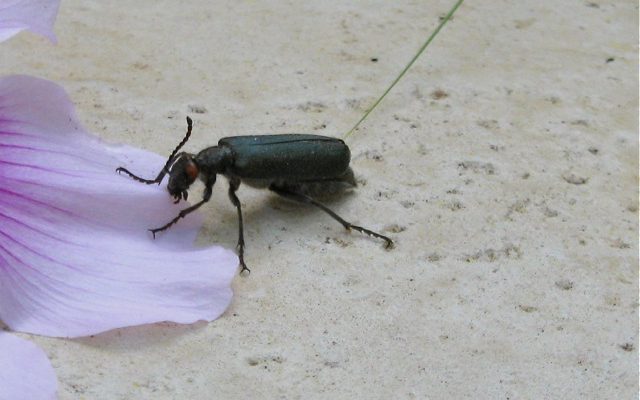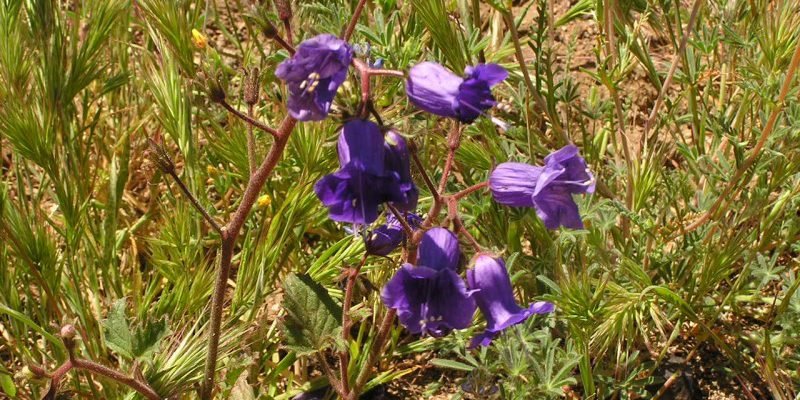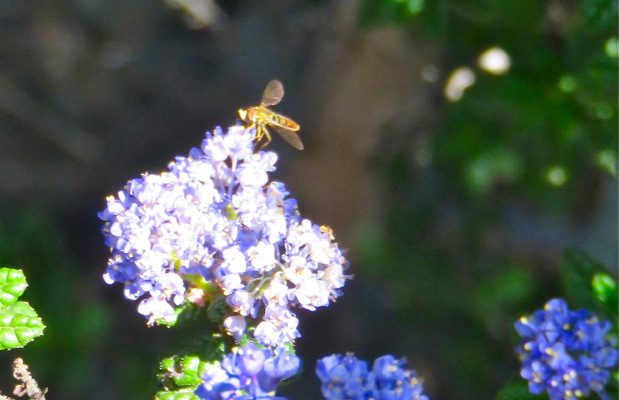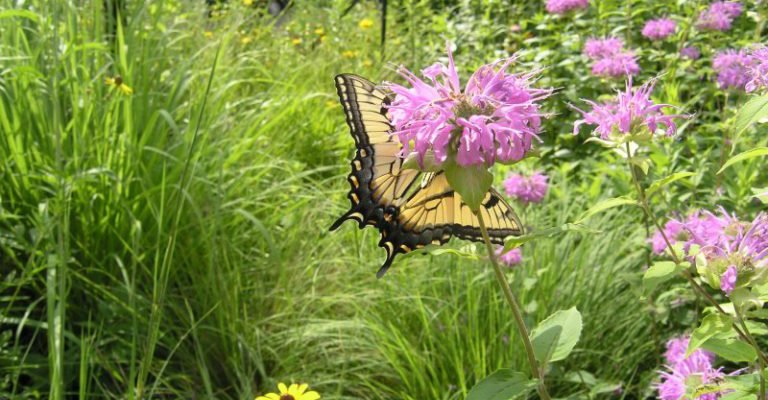Our yard is alive with wildlife this spring, so thought I would post some photos of the critters and a few native plants they're especially attracted to. The insects attract a host of larger insects and in the chain of life, they in turn attract a rich bird and lizard population that feeds on them …
Great hikes: Head to the Crafton Hills
I’m always on the lookout for hikes that feature our area’s rich California native habitat and wildlife -- and Crafton Hill’s Grape Street Trail in Yucaipa provides plenty of that. It’s an intermediate trail that takes you up a not-too-steep hill to nice views and more trail …
Continue Reading about Great hikes: Head to the Crafton Hills
Don’t Buy d-CON (and a campaign to reduce rat poison use)
Kudos to the Los Angeles Times. Last Friday they pushed another important subject into the public arena in their editorial "Ban super rat poisons." I’ve been gathering info to write another post on the dangers of the stronger second-generation rodent poisons (see earlier post here). …
Continue Reading about Don’t Buy d-CON (and a campaign to reduce rat poison use)
Native Bees and Other Wildlife Find Our Home
What a joy this spring to walk around our yard here in Southern California - a former lawn now full of native and other wildlife-attracting plants. The native bees have arrived in higher numbers, challenging the busy honeybees on our blooming ceanothus and lavender. Our resident Anna's hummingbird …
Continue Reading about Native Bees and Other Wildlife Find Our Home
Go Organic — and plant milkweed — to Save Monarchs
Note: A more recent post is available that discusses the milkweed varieties (tropical vs native) in the comments section An article on page three of today's Los Angeles Times talked about declining monarch butterfly numbers in Mexico where it winters. But here is an important takeaway that was …
Continue Reading about Go Organic — and plant milkweed — to Save Monarchs
Our Vital Pollinators: Birds, Bats, Bees and Butterflies
Pollinators - birds, bats, bees and butterflies - are critical. They pollinate over 200,000 of the world’s flowering plants, including 80% of our food plants. The genetic material they transfer allows seeds to form, which continue the species. Kurt Leushner, a popular professor at the …
Continue Reading about Our Vital Pollinators: Birds, Bats, Bees and Butterflies





